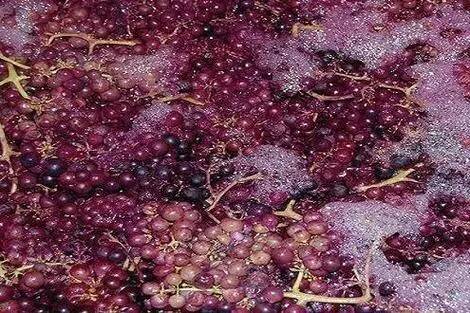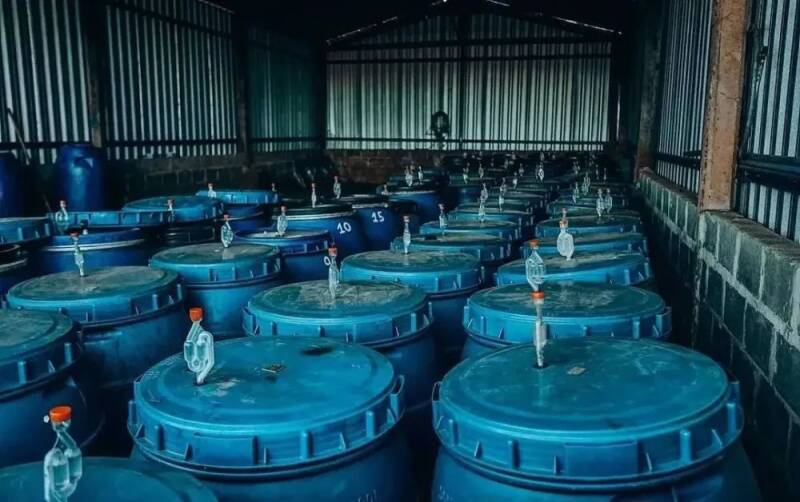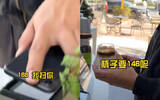Coffee Treatment Anaerobic Treatment History, Anaerobic Solarization, Introduction to Santa Vini Coffee Beans
In recent years, with the continuous development of the coffee market, there are many coffee treatments on the market, which are collectively referred to as special treatments, which can make the flavor of coffee beans more varied, more special, and taste rich. has been loved by many people. At present, the relatively new treatment methods include anaerobic washing / solarization, enzyme washing, lactic acid fermentation, barrel treatment and so on.
In recent years, anaerobic treatment is a relatively common new treatment. In 2015, Australian contestant Sasa Sestic, winner of the WBC (World barista Competition), caused a craze for anaerobic fermentation treatment, which caused a wave in the coffee industry at that time, and there was a lot of discussion because of the fermented feeling of coffee.
In the process of processing raw coffee beans, fermentation will be encountered more or less, which will affect the flavor trend of coffee beans. Fermentation is generally divided into aerobic and anaerobic. Among them, in the aerobic process, there will be many environmental factors, which are difficult to monitor or control. The anaerobic process can be more uniform and controlled. In some traditional treatments before, most of them are aerobic fermentation.
Anaerobic fermentation treatment, also known as carbon dioxide impregnation, is inspired by the red wine production process, so it is also known as red wine treatment. In the treatment of red wine, the grapes will be put into carbon dioxide gas and go into an oxygen-free state, while the grapes can be replaced by enzymes in the grapes without yeast and convert some of the sugar into alcohol, thus making the wine soft in aroma and rich in taste.

It will be similar in the treatment of raw coffee beans, where freshly collected coffee berries are put into a sealed pot, injected with carbon dioxide, and oxygen is discharged to create an oxygen-free fermentation environment. This will reduce the decomposition rate of sugar and the decline rate of PH value in coffee bean pectin, so in an oxygen-free environment, the PH value, humidity, temperature, gas composition, details and quantity involved in fermentation can be accurately and effectively controlled, so that beans can get higher sweetness and special flavor.

At present, the anaerobic fermentation is improved on this basis. For example, anaerobic solarization is to ferment freshly collected coffee berries in a sealed tank to control the temperature in the anaerobic environment at 10-15 degrees Celsius. After three days of anaerobic fermentation, the coffee beans can be removed after sun drying, and finally remove the pulp and other parts.
The anaerobic washing is the dry fermentation of the freshly collected coffee berries for 12 hours. After the pulp is removed by the machine, the coffee beans are put into a sealed tank for 24-48 hours of anaerobic fermentation. After fermentation is finished, it is dried.
The double anaerobic fermentation water washing, as the name implies, will be divided into two anaerobic steps. The coffee berries will be collected and put into a sealed tank for the first anaerobic fermentation. After fermentation, the peel and pulp will be removed as in the process of washing, and the pectin will be retained and put into the sealed tank for the second anaerobic fermentation. Finally, it is dried and the moisture content is reduced to 11%.
On the other hand, the front street also uses anaerobic fermented coffee beans, the claw from the Columbia demarcation estate, which uses double anaerobic solarization. Using V60 mint 1rig 15 for cooking, the taste will have grape, passion fruit, citrus flavor, slightly fermented taste and round taste. There are also coffee beans from the Santavini processing plant in Ethiopia, which are treated with 96-hour anaerobic sun treatment, with fermented wine aromas, tropical fruit flavors such as pineapple and citrus, as well as soft acidity.
Important Notice :
前街咖啡 FrontStreet Coffee has moved to new addredd:
FrontStreet Coffee Address: 315,Donghua East Road,GuangZhou
Tel:020 38364473
- Prev

Can't you call it Dirty in a to-go cup?
▲ Click to follow| Daily Boutique Coffee Culture Magazine Coffee Workshop On the first day of the New Year, I swiped a video taken by a shop owner with the title "Will you pack Dirty?" "。In the picture, the guest orders a cup of hot Dirty and asks to pack it. In response, the barista said he could only make ice, and the guest agreed.
- Next

Routes are expected to resume, coffee trade is expected to return to normal, and coffee prices are expected to fall.
Recently, coffee trade has encountered no difficulties. First, it has encountered the influence of El Ni ñ o weather, and many coffee-producing countries have encountered extreme weather, which has also led to a decrease in coffee production, a decrease in production and a decrease in exports, leading to a high price of coffee. In addition, the European Union issued the EU deforestation regulations (EU) earlier.
Related
- What effect does Italian American coffee with filter paper have? Will coffee taste better if it is put on filter paper at the bottom of the powder bowl?
- What is the color difference in coffee beans? What are the characteristics of honey processed coffee beans? Why are the anaerobically treated coffee beans uneven in color?
- How does novice Xiaobai quickly get started and make coffee? Newbies learn to make coffee by hand and share the specific steps and process process!
- Costa tea has a shelf life of 100 years?! Expert: Unable to verify
- It's a huge uproar! American milk addition was rejected by Manner employees?!
- Mocha pot coffee bean recommendations| How fine and how much powder should be used for grinding? What parameter ratios do I need to use to make milk with Mocha pot coffee?
- What are the characteristics of the world's top ten coffee beans treated with Costa Rica honey? How to make black honey kadura from Tarazhu Pilon Processing Plant taste good?
- How to make deep-roasted coffee? What grinding water temperature does authentic Jamaica Blue Mountain No. 1 coffee use to brew it well?
- Selected high-grade rose summer coffee flavor tasting guide Why Panama rose summer has the aroma of flowers and fruits
- What equipment does a novice Xiaobai need to buy to learn to make coffee? Filter cup electronic scale bean grinder manual flushing pot purchase guide

